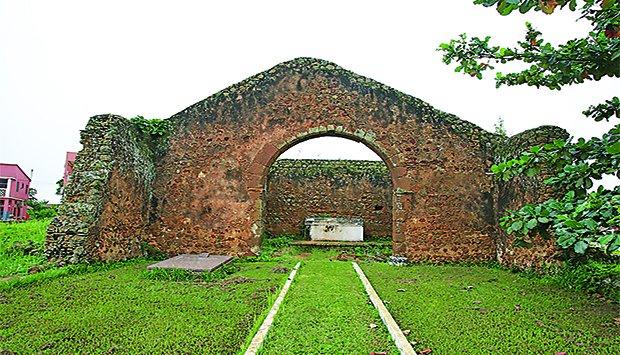Africa-Press – Angola. The Minister of Culture, Tourism and Environment, Filipe Zau, considered, this Sunday (17), in Luanda, that matters related to climate change have been discussed in different fields of knowledge, with particular focus on issues related to the control of various risks that can affect the livelihood of living beings on the planet.
In a press release, on the occasion of the International Day of Monuments and Sites, which is celebrated today, the minister Filipe Zau states that “UNESCO is the main organization responsible for safeguarding the cultural and natural heritage of the world, concerned with the factors of risks to heritage preservation”.
This year, UNESCO decided to proclaim the theme “Heritage and Climate, through open, constructive and intergenerational dialogues”, within the scope of the annual commemorations of the 18th of April, dedicated to Monuments and Sites.
According to the minister, addressing the implications of the global changes that affect the World Cultural and Natural Heritage is a relevant and urgent matter. “In the specific case of the country, apparently, we believe that the cultural heritage or sites located on the coastline are at direct or more impacting risks. But no! Climate change affects cultural and natural heritage, leaving them vulnerable, regardless of geographic location. The impacts resulting from climate change can also affect communities and their traditions (intangible cultural heritage) that are significant to our Collective Memory.”
In his view, “it will be prudent to reflect on these issues in order to prevent the impacts of climate change recorded in the history and culture of other peoples from affecting us drastically. In the country, there are several risks that affect the thousands of sites with cultural, historical and archaeological, some already classified and others to be classified, such as the loss of archaeological evidence, due to changes in soil and subsoil conditions, damage to historic buildings by intrusion of groundwater and salt water, damage to materials organic construction due to the migration of pests and structural damage from saltpeter or even from flooding, in addition to other physical damage, such as social impacts, in which communities migrate and heritage is subject to abandonment.”
Felipe Zau believes, therefore, that we must “embrace and support the initiative of UNESCO and the International Council of Monuments and Sites (ICOMOS) to analyze, approach, reflect and raise awareness of society, on the preservation of our varied heritage and our rich traditions, in the face of the current challenges of combating climate change and other modern risks that are registered on our planet and that subject our historical and cultural heritage in its various dimensions and natures.”
He said that heritage sites “serve as a vehicle for communication and heritage education, as they provide research into historical sites and ancestral practices, to understand past responses to climate change.”
Filipe Zau recalled that the program for this year’s commemorations of the International Day for Monuments and Sites, which is celebrated on April 18, includes a set of prophylactic actions and activities such as conferences, lectures, round tables, exhibitions, guided tours, aimed at “raising society’s awareness of the environmental impact on the life and culture of peoples and on the preservation of heritage. It includes the classification of 19 assets. makes it imperative.”
He highlighted, within the scope of the program, “the Unveiling of the Identification Plaque to the Government Palace, as a National Historic-Cultural Heritage.
The National Institute of Cultural Heritage, an organ of the Ministry of Culture, Tourism and Environment, will continue, with the support and availability of the Local State Administration bodies, the work of survey, identification, inventory and classification of all assets that, meeting the necessary conditions required for that purpose, must be classified and consequently preserved for current and future generations!” However, he said, the preservation of the Cultural and Natural heritage is a collective responsibility.
For More News And Analysis About Angola Follow Africa-Press






